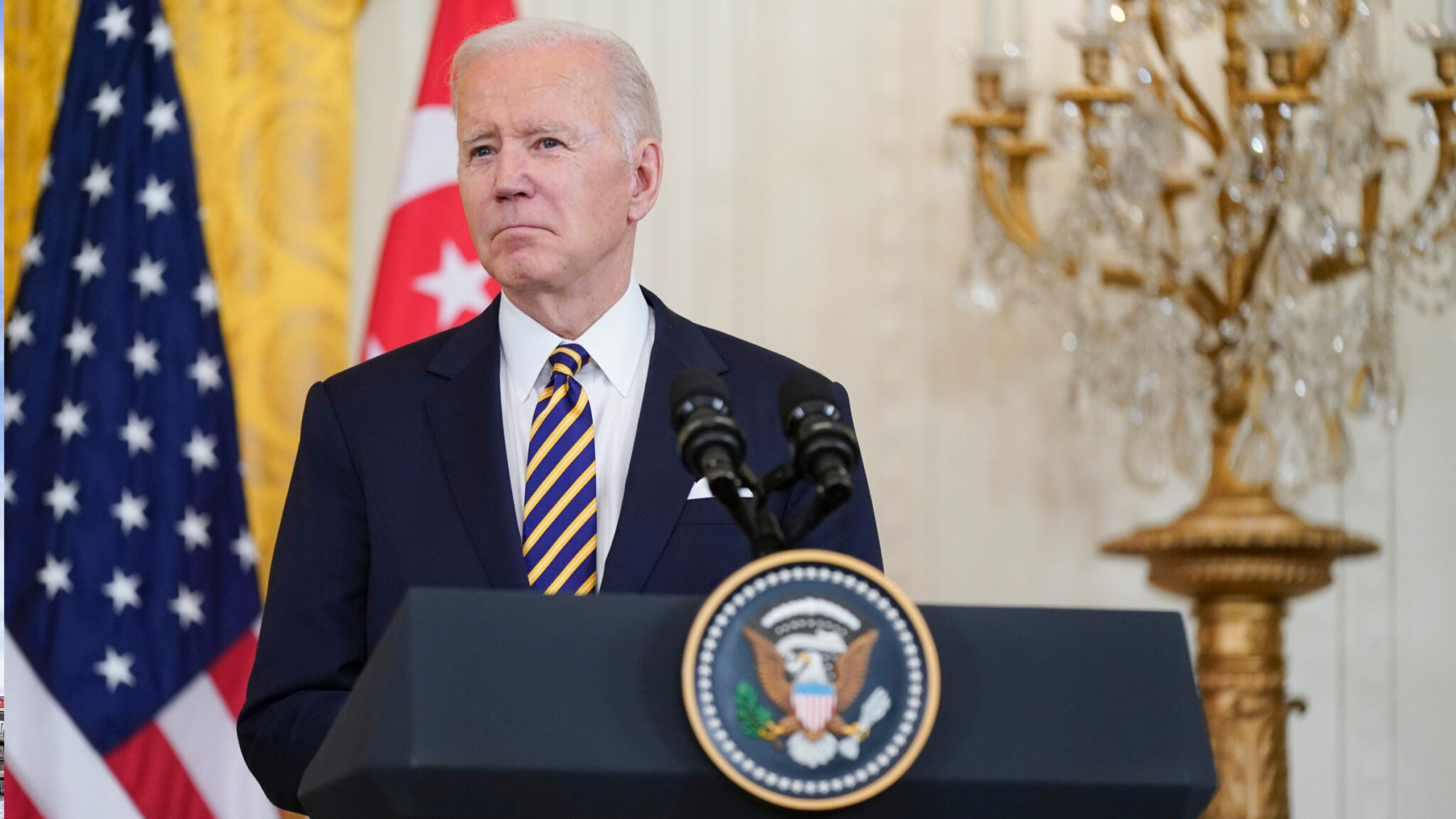
Joe Biden (AP Photo/Patrick Semansky)
$35 monthly insulin cap: Republicans decry how White House, Dems plan to pay for it
As the House preps to vote on a $35 monthly insulin cap later today (the Senate has plans for a vote next month too), there …
Sign up to read this article for free.
Get free access to a limited number of articles, plus choose newsletters to get straight to your inbox.